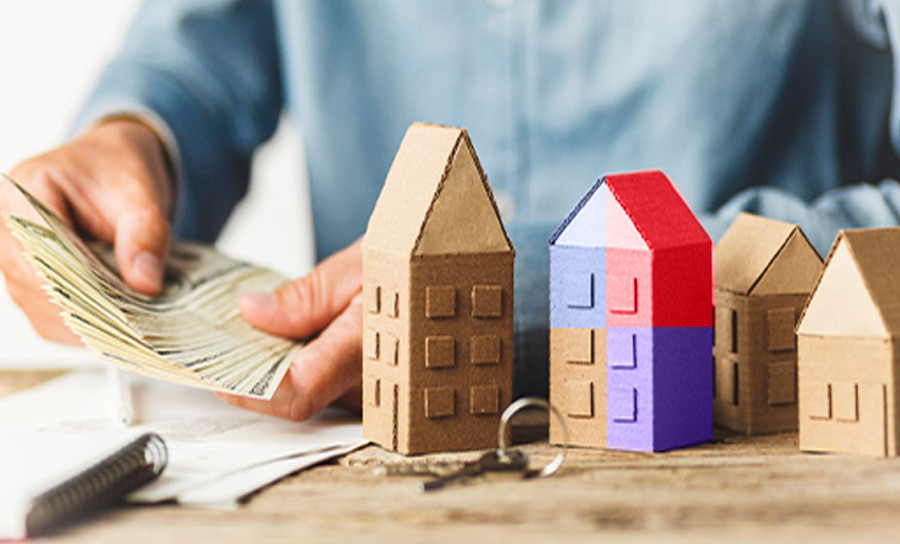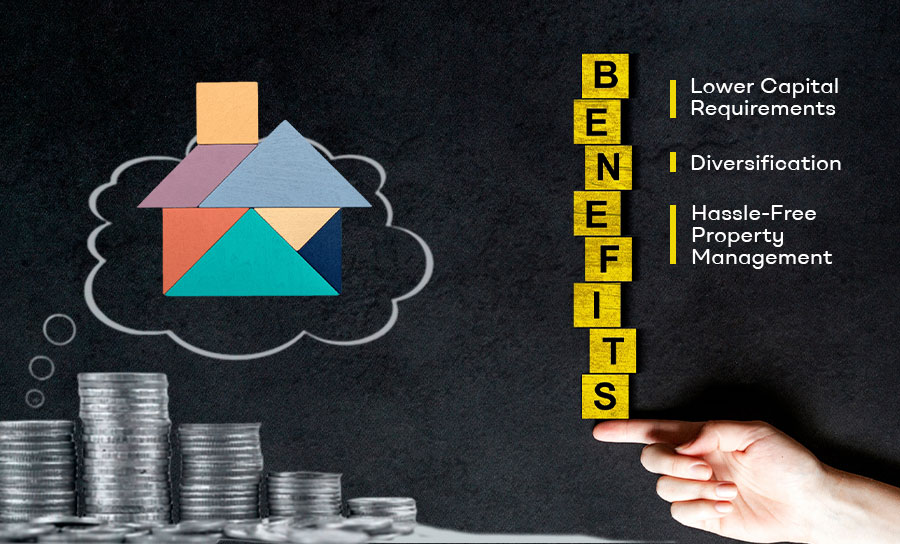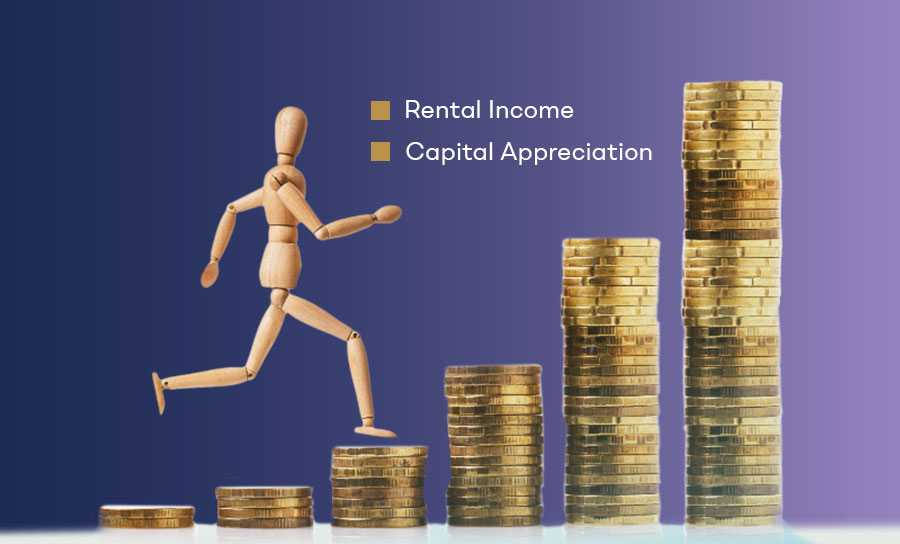
Are you ok with optional cookies ?
They let us give you a better experience, improve our products, and keep our costs down. We won't turn them on until you accept. Learn more in our cookie policy.

With buy-to-let fractional investing, many investors pool their money to buy and jointly own a rental property. Depending on how much money they put in, investors own a certain number of "shares" or "tokens" that represent a percentage of the property. As a result of their ownership percentage, investors are entitled to a piece of the property's rental revenue and appreciation.
Buy-to-let fractional investing is a novel strategy that enables investors to participate in a rich real estate market with a smaller amount of capital. This article will discuss the concept of fractional investing in buy-to-let, as well as its benefits, possible profits, and other features that make it appealing to savvy investors.

Here are some of the most compelling reasons in favour of using fractional investing as the primary strategy for buy-to-let investments.
By owning a fraction of a property rather than the whole, investors can gain exposure to the real estate market with a lower initial investment. For those without the means to purchase a home outright, this expands the pool of potential investors.
By purchasing fractions of larger properties, investors can spread their risk across a wider range of assets. Investors can spread out their exposure to market and rental vacancy risks, as well as other factors that can affect the value of a single property, by purchasing ownership interests in multiple properties.
The responsibility of managing a property on a daily basis is removed from investors through fractional investing. Tenant screening, rent collection, repairs, and upkeep are just some of the responsibilities commonly delegated to a property management business. It's a great way for passive investors to get the benefits of property ownership.
Traditional property ownership may lack the liquidity and adaptability that can be gained through fractional investing. Investors have an exit option in the form of the sale of their fractional shares to other parties. Furthermore, investors have the option of diversifying their portfolios by purchasing additional properties or selling off underperforming ones.

Buy-to-let fractional investments offer two types of returns: rental income and the chance for appreciation.
Investors receive a proportionate share of the rental income generated by the property. The rental yield is calculated based on the rental income as a percentage of the investment made. The income generated is typically distributed to investors periodically, providing a steady cash flow.
Fractional investors also stand to benefit from potential property price appreciation. As property values increase over time, the fractional shares held by investors may appreciate, resulting in capital gains upon selling the shares. It is important to note that property values can fluctuate, and capital appreciation is not guaranteed.

Consider these factors carefully before considering any buy-to-let fractional investments.
Those interested in fractional investing should be careful to work with a trustworthy platform or provider who facilitates fractional ownership in investment properties. Before investing, it is important to learn as much as possible about the platform's history, safety features, and openness.
Investors should research accessible fractional investment properties carefully. Think at things like where it is, how much rent it could potentially bring in, the quality of the property management, and the hazards involved. Prior to making a financial commitment, it is essential to fully grasp the investment's framework, governing documents, and terms and circumstances.
Market variables, such as supply and demand, rental market trends, and economic conditions, all have an impact on buy-to-let investing on a fractional basis. Keeping abreast with market news and consulting with seasoned experts might aid an investor in making smart choices.
Buy-to-let fractional investing allows investors to lower their initial investment and get exposure to the real estate market. Fractional ownership offers smart investors who want exposure to real estate a number of benefits, including diversification, reduced management requirements, and the possibility of liquidity. To maximise possible rewards and minimise associated risks, however, comprehensive study, due diligence, and cautious selection of platforms and properties are essential.